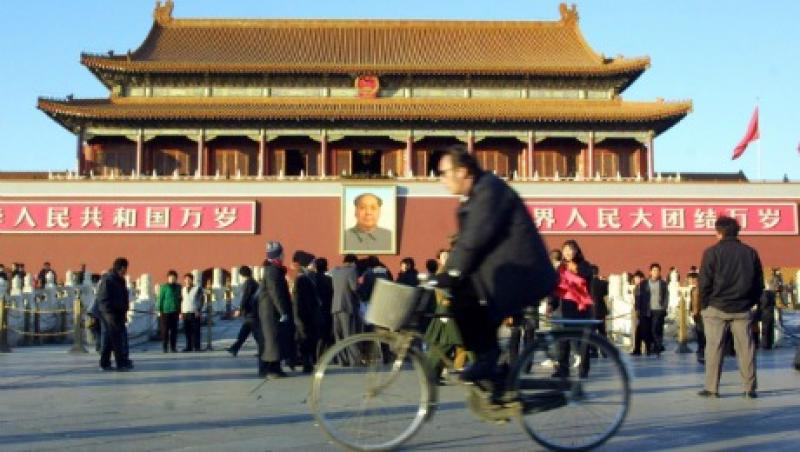
What Will Drive the Next Emerging-Markets Upcycle?
At least four factors that spurred past upcycles in developing economies will play a part in the next rise, though not to the same extent.
Sammy Suzuki
March 30, 2016


